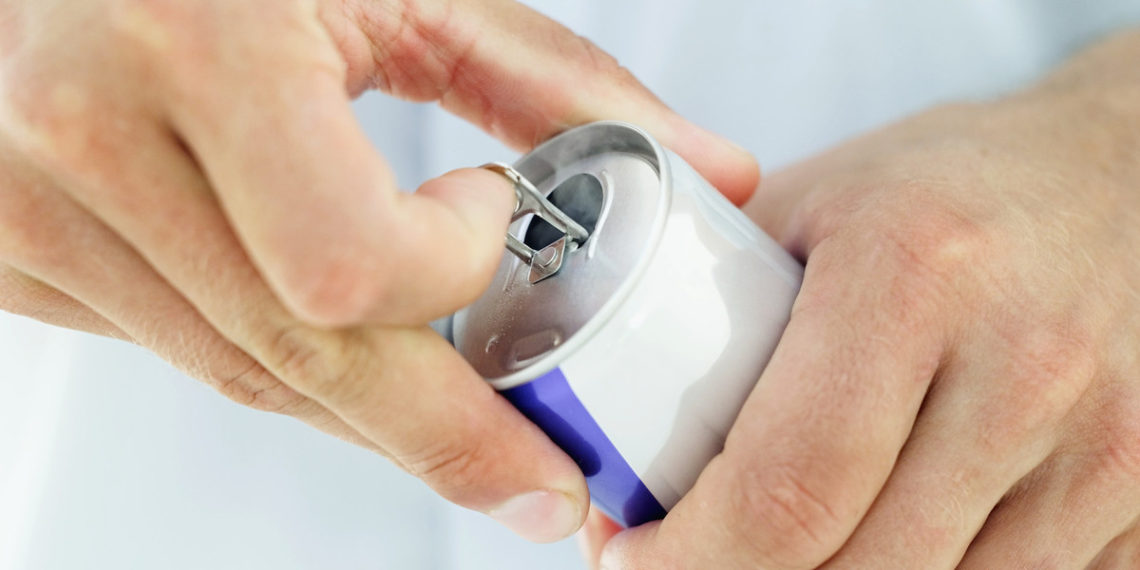
*The following is excerpted from an online article posted on Laboratory Equipment.
Drinking highly caffeinated alcoholic beverages triggers changes in the adolescent brain similar to taking cocaine, and the consequences last into adulthood as an altered ability to deal with rewarding substances, according to a Purdue University study.
Richard van Rijn, an assistant professor of medicinal chemistry and molecular pharmacology, looked at the effects of highly caffeinated energy drinks and highly caffeinated alcohol in adolescent mice. These alcohol studies cannot be performed in adolescent humans, but changes seen in mouse brains with drugs of abuse have been shown to correlate to those in humans in many drug studies.
These energy drinks can contain as much as 10 times the caffeine as soda and are often marketed to adolescents. But little is known about the health effects of the drinks, especially when consumed with alcohol during adolescence.
Van Rijn and graduate student Meridith Robins published results in the journal Alcohol that showed adolescent mice given high-caffeine energy drinks were not more likely than a control group to drink more alcohol as adults.
But when those high levels of caffeine were mixed with alcohol and given to adolescent mice, they showed physical and neurochemical signs similar to mice given cocaine. Those results were published in the journal PLOS ONE.
“It seems the two substances together push them over a limit that causes changes in their behavior and changes the neurochemistry in their brains,” van Rijn said. “We’re clearly seeing effects of the combined drinks that we would not see if drinking one or the other.”
With repeated exposure to the caffeinated alcohol, those adolescent mice became increasingly more active, much like mice given cocaine. The researchers also detected increased levels of the protein ΔFosB, which is marker of long-term changes in neurochemistry, elevated in those abusing drugs such as cocaine or morphine.
“That’s one reason why it’s so difficult for drug users to quit because of these lasting changes in the brain,” van Rijn said.
Those same mice, as adults, showed a different preference or valuation of cocaine. Robins found that mice exposed to caffeinated alcohol during adolescence were less sensitive to the pleasurable effects of cocaine. While this sounds positive, it could mean that such a mouse would use more cocaine to get the same feeling as a control mouse.
“Mice that had been exposed to alcohol and caffeine were somewhat numb to the rewarding effects of cocaine as adults,” van Rijn said. “Mice that were exposed to highly caffeinated alcoholic drinks later found cocaine wasn’t as pleasurable. They may then use more cocaine to get the same effect.”
“Their brains have been changed in such a way that they are more likely to abuse natural or pleasurable substances as adults,” van Rijn said.
Source: Laboratory Equipment
https://www.laboratoryequipment.com/news/2016/10/mixing-energy-drinks-alcohol-may-affect-adolescent-brains-cocaine
Source: Home Word






